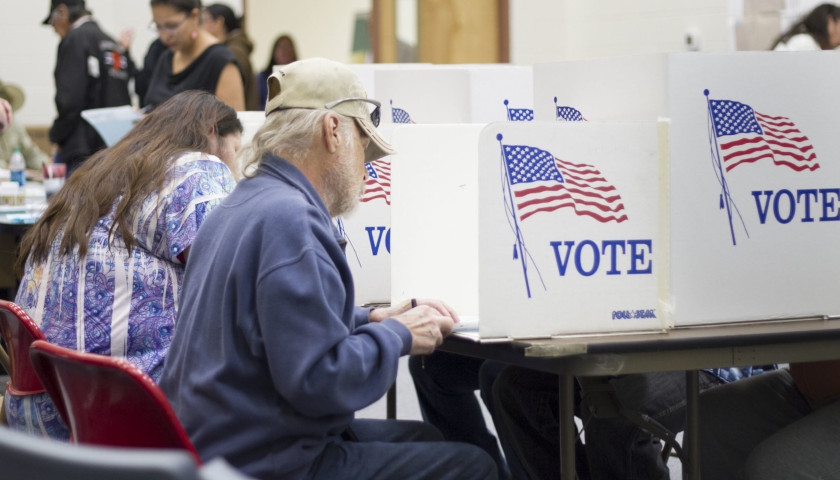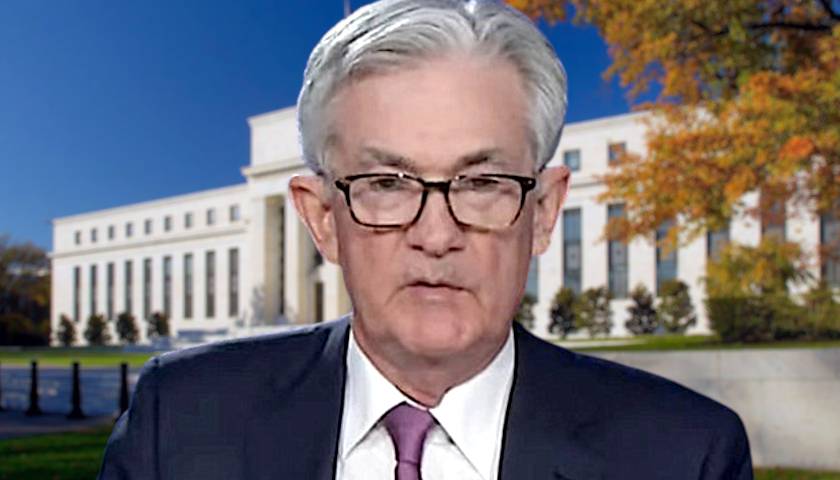The House of Representatives is in play and Republicans have a real shot at recapturing control of the lower chamber after their dismal performance in 2018.
Speaker Nancy Pelosi (D.-Calif.) deserves credit for her success passing legislation and articles of impeachment, but that it more a testament to her mastery of the whip count than her overwhelming numbers. House Democrats are holding, if not a slim majority, a fragile one.
In the House today, there are 232 Democrats and 198 Republicans with four vacancies and 1 Libertarian, Michigan’s Rep. Justin Amash, in a GOP district.
If one puts the Amash seat back in the GOP column, House Republicans only need to pick up 19 seats to reach 218 – the simple majority.
Pelosi’s majority is so fragile, she had to put down rebels in her own ranks, who sought to block her from being Speaker. Had someone the imagination to pull it off, that small faction of House Democrats could have thrown in with the GOP and stolen the gavel out of her hand.
Turnout is key for House Republicans
There is plenty of time to go through the different districts, but for now if we look at turnout as a measure of passion, we can see how House Republicans have the advantage of having President Donald J. Trump at the top of the ticket.
In 2016, voters gave House Republicans 63,173,815 votes compared to 61,776,554 votes for House Democrats. This is even more remarkable when you consider that Republicans left two dozen Democrats unchallenged.
In 2018, House Republican turnout dropped to 50, 861,970, for a 20 percent fall. House Democrats also dropped to 60,572,245, for a 2 percent fall off.
Incredibly, Democrats were able to sustain their enthusiasm, while the Republicans experienced what was a typical downturn in the midterms.
Just for comparison, House Democratic turnout for 2012, the year President Barack Obama won a second term was 59,645,531, which then dropped to 35,624,357 in 2014 – a 40 percent drop.
Going back to 2018, despite the 10 million fewer votes for GOP House candidates, there were 25 House races that were decided by 3 percentage points or fewer – nine House races where the margin was 1 percentage point or less.
Now, consider what would have happened if 10 million more votes showed up for the House Republicans – that is absolutely going to happen in 2020. That is, House Republican turnout returns to peak – leaving the House Democrats to maintain their peak turnout for the third cycle in a row.
Another factor in favor of House Republicans is that 31 House Democrats are sitting in districts Trump won in 2016 – and most of them voted to impeach the president. In 13 of those Trump districts, the president won by more than 30 percentage points.
Ryan’s lingering retirement stymied GOP efforts
Going into the 2018 midterms, Speaker Paul D. Ryan (R.-Wis.) announced his retirement at the end of his term, but he did not step down. Instead, he insisted on remaining at the head of both the House and the House Republicans until the congressional session ended in January 2019.
Consider this, when Ryan took the gavel in 2015, he had at 247, the largest GOP House majority since 1929-1931 congressional session, when the Republican held 270 seats.
The effect of Ryan sticking around was to leave his succession unresolved and to render his conference’s top fundraiser a lame duck. The result was that as House Democrats mobilized to recapture control of the House, Ryan and his team coasted through to the election, leaving 40 Democrats without challengers.
The goal is 218. If Republicans hold 199 and find 19 other seats, they control the House.
Trump is sure to provide the coattails and if there is not a repeat of 40 empty ballots, that wave should be enough.
– – –
Neil W. McCabe is a Washington-based national political reporter at The Tennessee Star and The Star News Network. In addition to The Star newspaper, he has covered the White House, Capitol Hill and national politics for One America News, Breitbart, Human Events and Townhall. Before coming to Washington, he was a staff reporter for Boston’s Catholic paper, The Pilot, and the editor of two Boston-area community papers, The Somerville News and The Alewife. McCabe is a public affairs NCO in the Army Reserve and he deployed for 15 months to Iraq as a combat historian.
Photo “People Voting” by Wyofile. CC BY 2.0.




